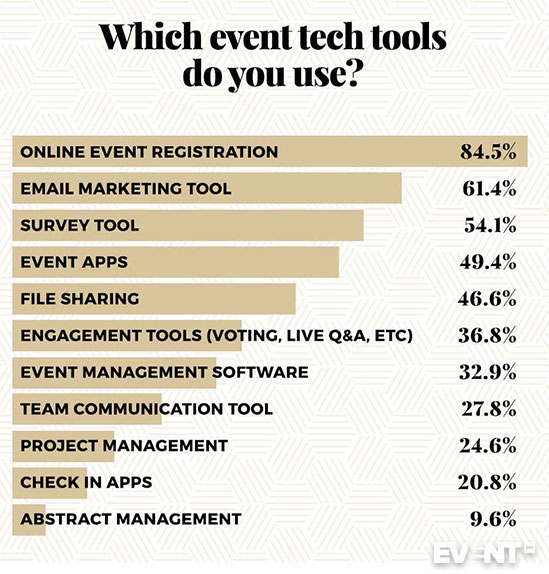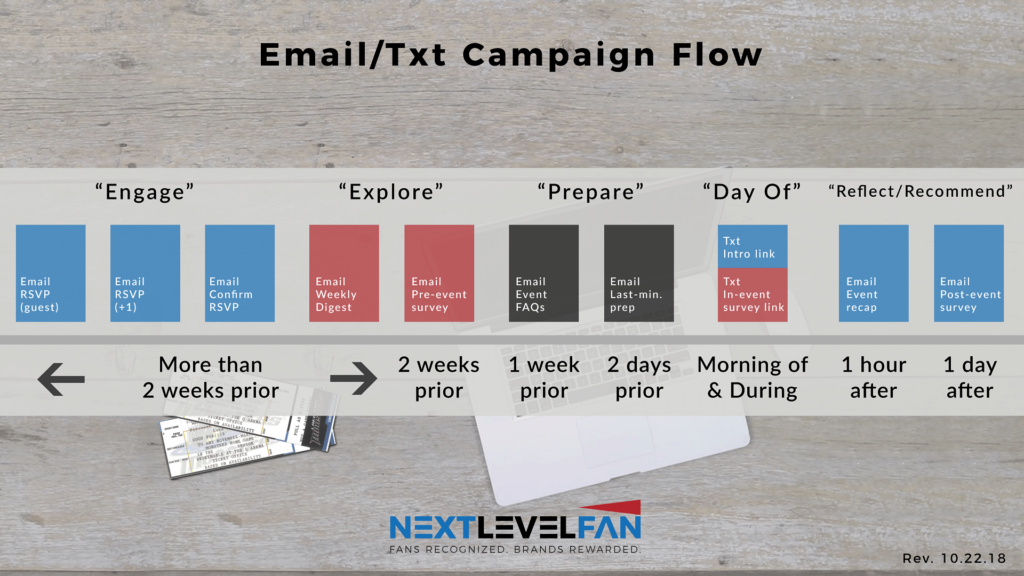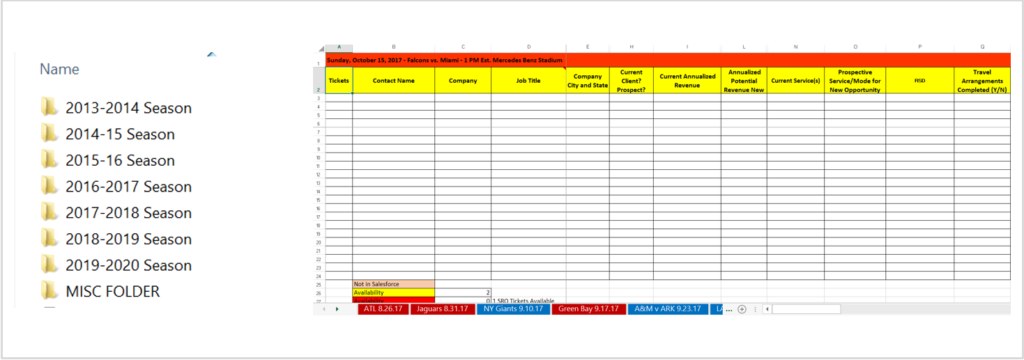It’s 2022, and we’re off the races into yet another cycle of customer entertainment.
In the past 10 years, we’ve witnessed B2B events shift from paper to digital media, outbound to inbound marketing and mass to personal communication.
Nearly 85% of event planners have gone digital with their registrations.

Source: EventMB, 2018
Like anything though, this shift comes with its own challenges:
Before we leave this decade in the dust, let’s digest some of the most important learning to take into your next decade of corporate events.
Recently, I went to a networking event hosted by a publicly-traded tech company. I found the event online, liked the pitch about it and decided to go.
When I got to the restaurant/bar, I had to ask where the group was (no signage). As I walked up, and no one greeted me. There was a table with a pile of generic (unbranded) nametags and Sharpies. So I grabbed a drink, met one guy but never talked to anyone else. And worst-of-all, the host never sent me one follow-up message!
What a disaster…
This is not the impression I want you to leave with your customers.
Also known as CX, customer experience is the lasting-impression your customers have of your brand.
Every customer interaction, from navigating your website to paying your bill, leaves an impression.
According to Forrester Research, CX leaders grow revenue 5x faster than companies lagging behind in their CX investment.
the low-hanging fruit in your customer touchpoints. Look at every phase: pre-event, in-event and post-event. Map all your touchpoints: the invite, the confirmation, the directions, the FAQs, the e-tickets, the follow-up, the survey, etc.
Ask you customers what confused them and what was clear. Ask your team what questions they got most often.
The below diagram is one example of flow charting the customer communication experience:

By simply inviting customer feedback, you’re already improving the CX for every one of your events.
How many spreadsheets does it take you to manage your events?
Recently, a customer told me about the 10 spreadsheets she uses to manage her 30 annual customer entertainment events: ballgames, appreciations, tradeshows and more.

With all this “data,” she still knows little more than who’s been invited.
to know “Who SHOULD WE invite?”
Begin by mapping all the places you keep event data. This includes email and text communications with customers, RSVP lists, and surveys completed.
Look for simple patterns:
Create your own simple ranking system to determine which guests to invite and which not to invite.
If you use a CRM application, I recommend creating a custom field to import this ranking.
If all this sounds great but you don’t have the time to do it, click here to schedule a 15-minute NextLevelFan.com demo.